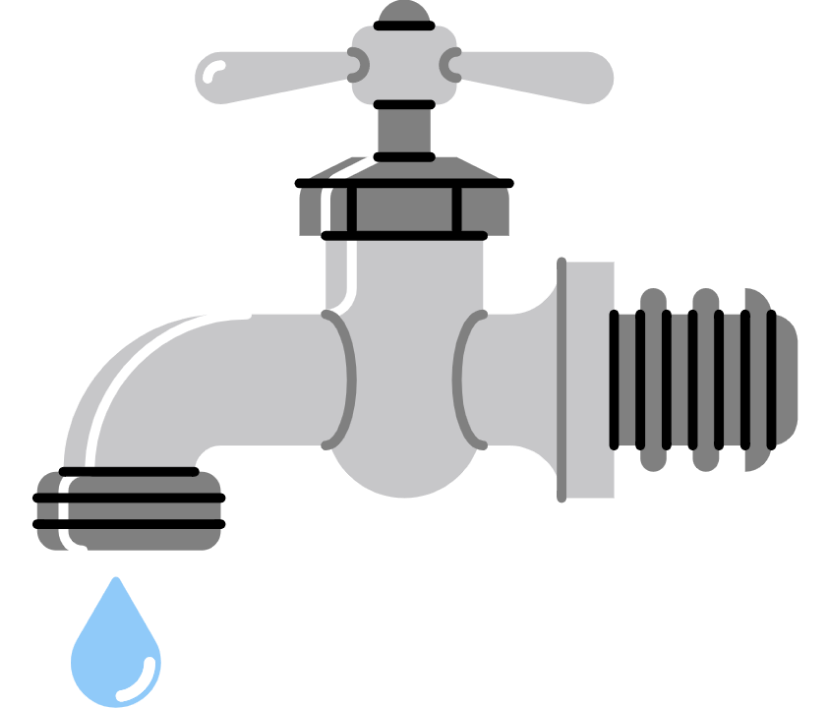Civics 101: Water Infrastructure (Part 1)
Welcome to Civics 101! Today we tackle a boring, yet-not-boring-at-all topic. How and why is the local government involved in delivering water? What infrastructure and policies are involved?
Did you know Aaron Burr tricked Alexander Hamilton into teaming up to establish a company that would lay pipes and bring in freshwater from the Bronx River into New York City? At the time, NYC depended on wells for drinking water, which became more and more contaminated. Burr got Hamilton to agree to the idea, but Burr had no intention of getting water from the Bronx. He wanted to start a bank without the restrictions of a bank charter. The legislation that Hamilton helped Burr push through had a clause (added by Burr in the last minute) that gave their new company the ability to do business activities…like opening a bank. So, Burr raised $2M and lent it out, and soon the Manhattan Company became the Bank of the Manhattan Company. It provided a really crappy water system to ~1K homes, and the water business was eventually sold for $1M. The bank business flourished, and in 1955, it merged with Chase National Bank, becoming Chase Manhattan Bank, which then merged again and eventually became JPMorgan Chase!
Water has three main uses: drinking water, agriculture (80% of water consumed in the US), and in-stream flows (water for fish and aquatic ecosystems). Some stats:
1 million miles of water pipe in the country and ~240K line breaks every year
Every day, $42B of water is treated and moved around the country
6 billion gallons of water are lost to leaks
151,000 public water service providers in the country, and a small number of those provide the vast majority of the water in ~100K municipal water systems that serve 8% of the population (in majority poor or underfunded areas)
The American Waterworks Association (AWA) estimates the investment needed to maintain and improve the infrastructure over the next 25 years and it is ~$1 trillion
The Safe Drinking Water Act, passed in 1974, sets the standard and obligations for how water is provided to any system that serves more than 25 people. Drinking water in the U.S. has triple redundancy. First, the municipalities treat and test water locally on a periodic basis. Second, The municipalities are supervised by the state EPA to make sure they are complying with the laws and the standards of the Safe Drinking Water Act. Third, the federal EPA looks over the shoulders of the state by setting maximum contaminant levels for 90 classes of contaminants that local treatment plants need to meet.
Despite this, many cities are not vigilant, and have failed at all 3 levels of redundancy. As a country, we are under-investing in our water infrastructure and our source waters grow more contaminated (e.g. via fracking, etc). Westminster, specifically, owns and operates two water treatment facilities (Northwest and Semper), and Semper was built in 1969, operates on 1960s technology and has deeply deteriorated to a point of concern where we must make strategic investments using your utility bill payments.
Stay tuned for Part 2 in a future edition of this newsletter where I will deep-dive on Westminster treatment facilities, where the water comes from, and much more.


